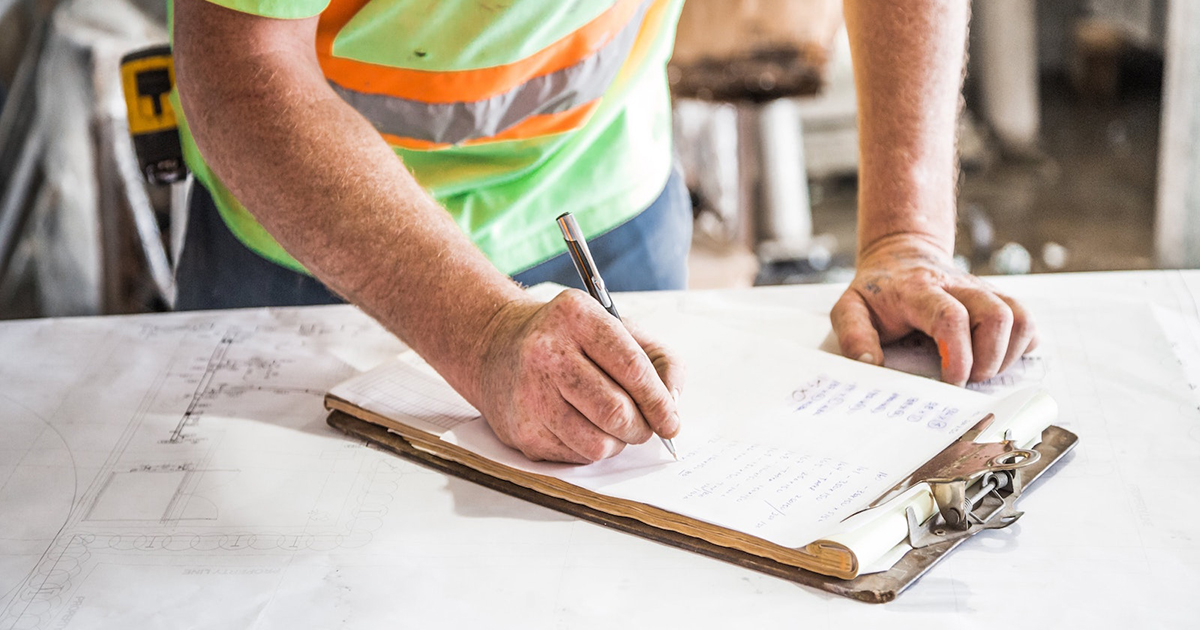When commissioning a project, it can be challenging to select a winning bid. You want a fair price, but can’t afford to sacrifice quality, either. As more contractors are incorporating technology in their processes, the use of digital tools is an increasingly important differentiator. But anyone can purchase technology; how do you know you’ve hired a contractor that uses it well?
Look for Tools, Not Toys
It’s easy to impress when showcasing futuristic innovation labs with larger-than-life displays, but how does that translate to the jobsite? As the client, it’s key to distinguish between useful tools and eye candy. To be worthwhile, the technology needs to have an impact outside the lab—most importantly on your project. Here are some things to look for:
Data capture
Is data on a project’s progress consistently being collected? Contractors have a wide variety of automated sensors and other tools that collect input on an ongoing basis to track how a project is progressing. Ask your contractor what data they collect and how it will be used, and whether you’ll have access to it.
Visibility enhancement
Now armed with valuable knowledge, you’ll want to share it. Think about who can see the data—is relevant information shared with the entire project team in real time? Contractors work most efficiently when their teams are consistently updated with accurate information, but if they’re using static, paper-based plans, that isn’t happening. Similarly, it doesn’t matter how much data is collected if it isn’t shared in a way that increases visibility for the project’s architect, trade partners and owner.
Process improvement
Is the data that’s being collected and shared also being used to benchmark and improve performance? It’s much easier to improve a process when you have accurate information about its input and results. If you know how many people were required to complete a task last week, how long it took them and the amount of materials involved, you can try to find ways to accomplish the same task faster or with fewer resources going forward. If your contractor is consistently optimizing performance in this way, you’re guaranteed to have a better project.
Collaboration enablement
Project teams that can communicate easily have a much higher chance of running a successful project. Digital tools that facilitate collaboration are among the most valuable technology investments because they can both spread improvements made on one phase of a project to others, as well as identify issues early in order to limit their scope. Without effective ways to collaborate, these insights would be limited to a small group of people and left largely untapped.
Organizational commitment
Any company can purchase technology, but using it effectively requires comprehensive training, ongoing feedback and above all, user buy-in. Contractors that invest time and money making sure their digital tools are used as intended will get much better results than those that don’t follow through with the initiative. Teams that are saddled with new technology that’s difficult to learn, access, or that isn’t compatible with the systems and devices they already use are being set up to fail. Contractors that are committed to consistently empowering their teams will reliably deliver superior projects.
Communicate Your Vision
It can be hard to evaluate these criteria externally, but keeping these considerations in mind when reviewing bids will increase your chances of engaging with a contractor who can partner with you to effectively execute your vision. Communicating openly throughout the project and collaboratively addressing any issues that arise will help your contractor understand your expectations and deliver their best work. How will you engage differently in the bidding process next time?
(This article was previously published in Constructech)





